The Georgian National Museum (Georgian: საქართველოს ეროვნული მუზეუმი, Sakartvelos Erovnuli Muzeumi) is a unified network of several leading museums across Georgia, with its primary and most significant institution located prominently on Rustaveli Avenue in Tbilisi. Established in 2004 through the unification of various independent museums, it serves as the central custodian of Georgia’s vast cultural, historical, and natural heritage, showcasing millennia of the nation’s captivating story.
Core Collections and Major Highlights:
Archaeological Treasury (Gold Fund): This is arguably the most famous and dazzling highlight of the Georgian National Museum. Housed in the basement, it displays an astonishing collection of pre-Christian gold, silver, and precious-stone artifacts from archaeological excavations across Georgia, dating back as far as the 3rd millennium BC. The fabulously detailed gold adornments from the ancient Kingdom of Colchis (Western Georgia) are particularly exquisite, often drawing parallels to the myth of Jason and the Golden Fleece.
Museum of Soviet Occupation: A poignant and vital exhibition located on the top floor, this museum provides an in-depth and often somber look at Georgia’s history under Soviet rule (1921-1991). It details the repression, political purges, resistance movements, and the struggle for independence, offering a powerful insight into a crucial period of Georgian history.
Dmanisi Hominid Remains: The museum houses remarkable fossil remains, including the approximately 1.8-million-year-old hominid skulls discovered at the Dmanisi archaeological site in southern Georgia. These findings are scientifically significant as they represent the earliest evidence of human existence outside of Africa, fundamentally reshaping our understanding of early human migration.
Medieval Georgian Relief Sculpture: A dedicated exhibition showcasing exquisite stone carvings from the interiors and exteriors of Orthodox churches, reflecting the rich artistic traditions of medieval Georgia.
Numismatic Treasury: A collection of ancient and medieval Georgian coinage, offering insights into the economic and political history of the region.
Georgian Archaeology: Exhibitions spanning from the Stone Age (8th millennium BC) through various epochs, showcasing tools, pottery, and artifacts that illustrate the development of early Georgian civilizations.
Scope and Organization:
The Georgian National Museum is not a single building but a network of twenty museums and research institutions across Georgia. The main building on Rustaveli Avenue houses the primary historical, archaeological, and Soviet Occupation collections (often referred to as the Simon Janashia Museum of Georgia).
Other museums under its umbrella include: the Museum of Fine Arts, the Open Air Museum of Ethnography, the Tbilisi History Museum (Karvasla), and regional museums in places like Vani, Svaneti, and Sighnaghi.
The museum actively conducts archaeological research, conservation efforts, and educational programs, contributing significantly to the preservation and study of Georgia’s heritage.
Visitor Experience:
Location: Conveniently located on Rustaveli Avenue, the museum is easily accessible from Freedom Square and other central Tbilisi landmarks.
Opening Hours & Tickets: The main museum typically operates from Tuesday to Sunday, with varying hours (e.g., 10:00 AM to 6:00 PM). It’s advised to check the official website (museum.ge) for the most current information on opening hours and ticket prices, as these can vary slightly between the different unified museums and for specific exhibitions. Standard adult tickets usually cost around 30 GEL, with discounts for students and free entry for children under 6 and ICOM members.
Facilities: The museum often features a gift shop offering reproductions of historic Georgian jewelry and artifacts, a cafe, and sometimes a bookstore. Audio guides and guided tours (for an additional fee) are available for deeper insights into the collections.
The Georgian National Museum is an essential visit for anyone seeking to understand the profound depth of Georgia’s history, from its prehistoric origins to its enduring struggle for independence, all showcased through a magnificent collection of artifacts and compelling exhibitions.

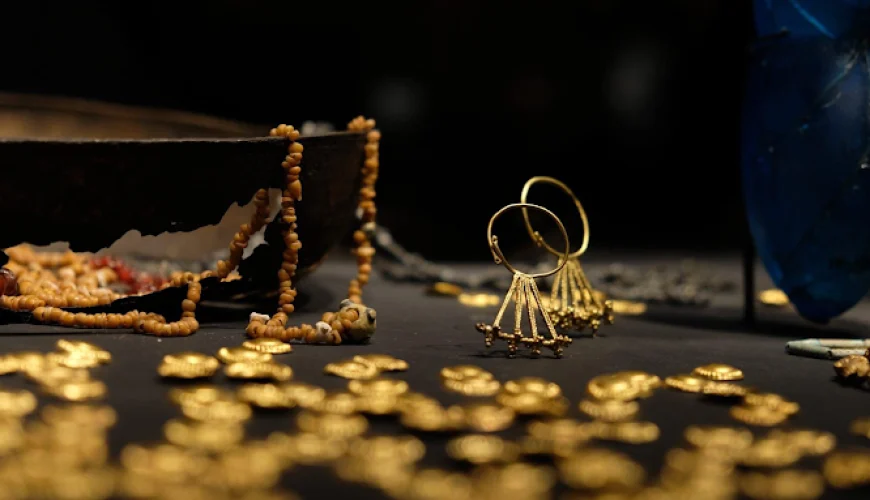
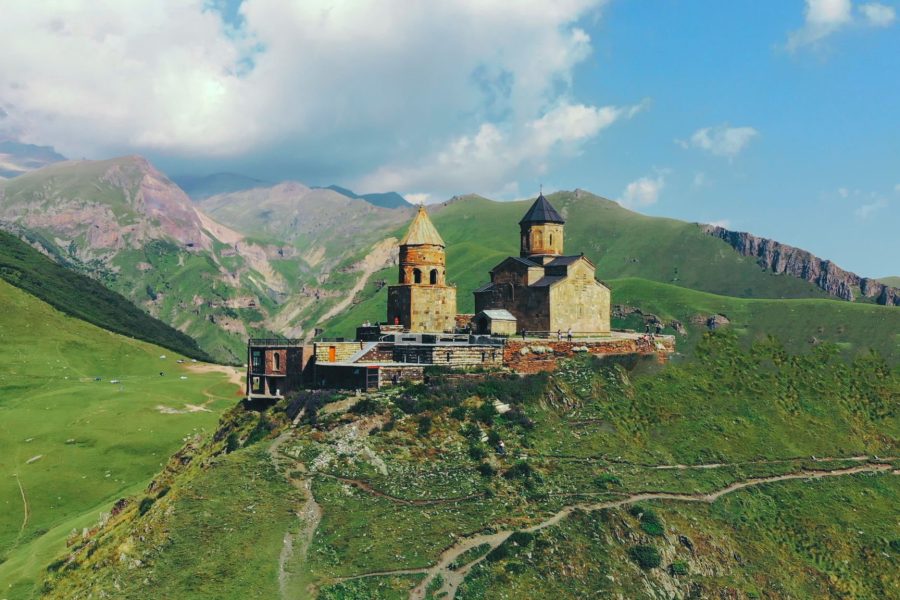
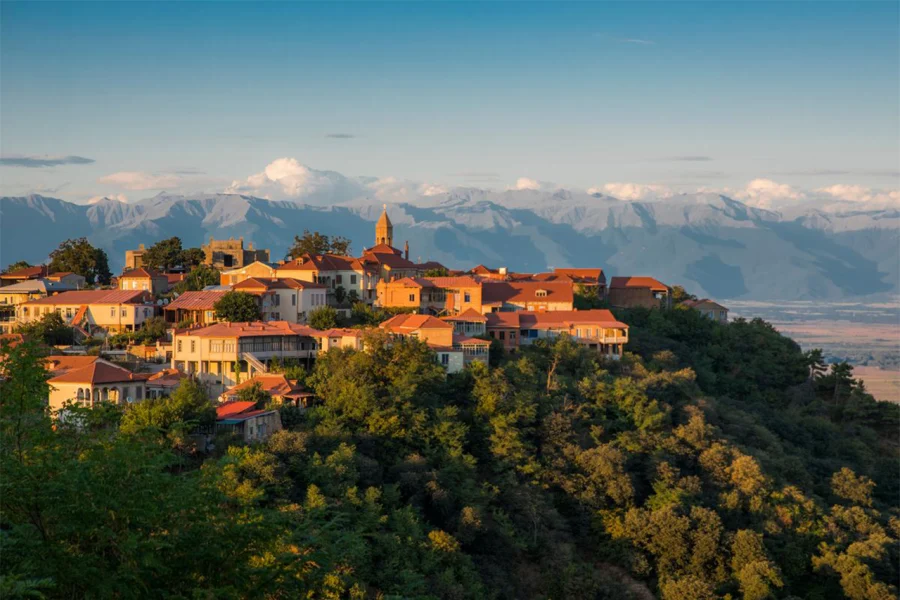
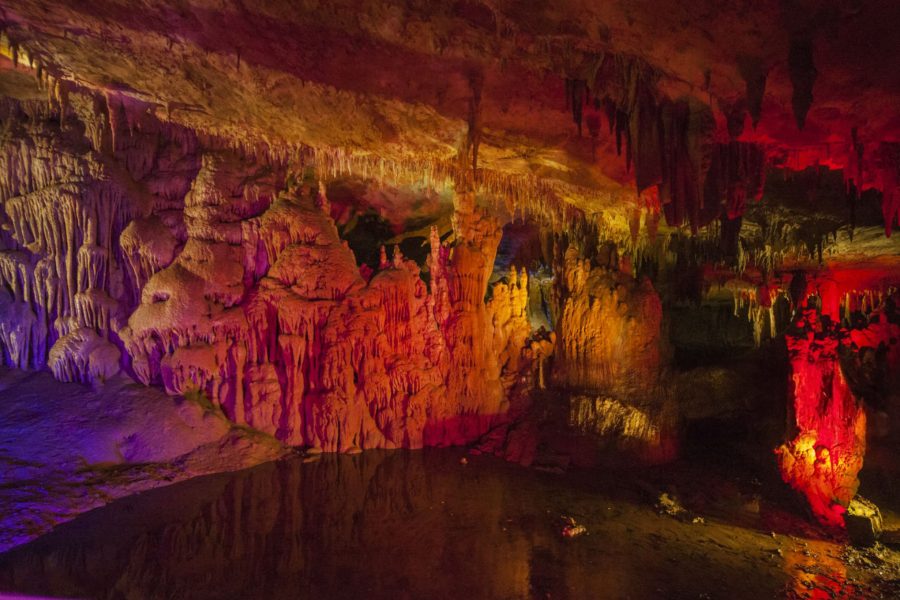
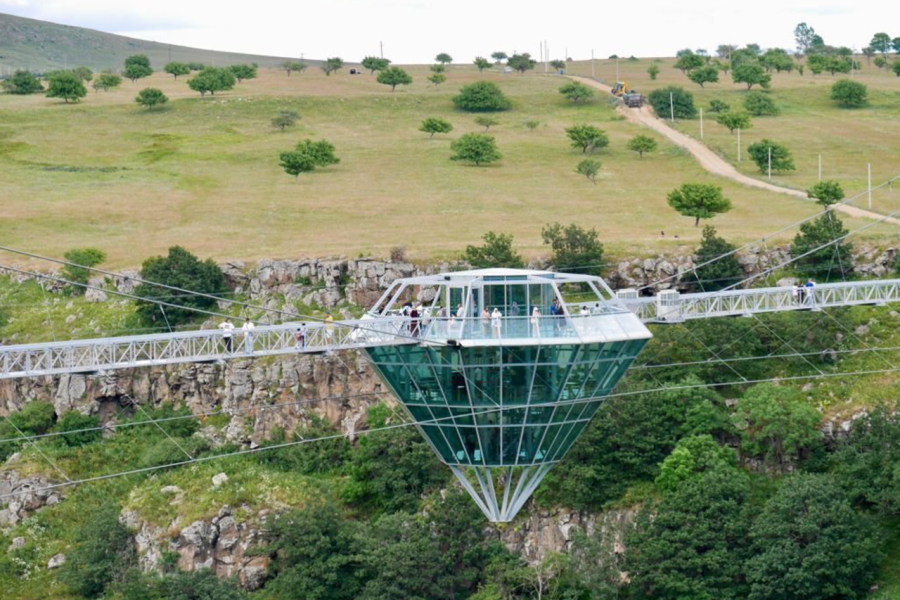
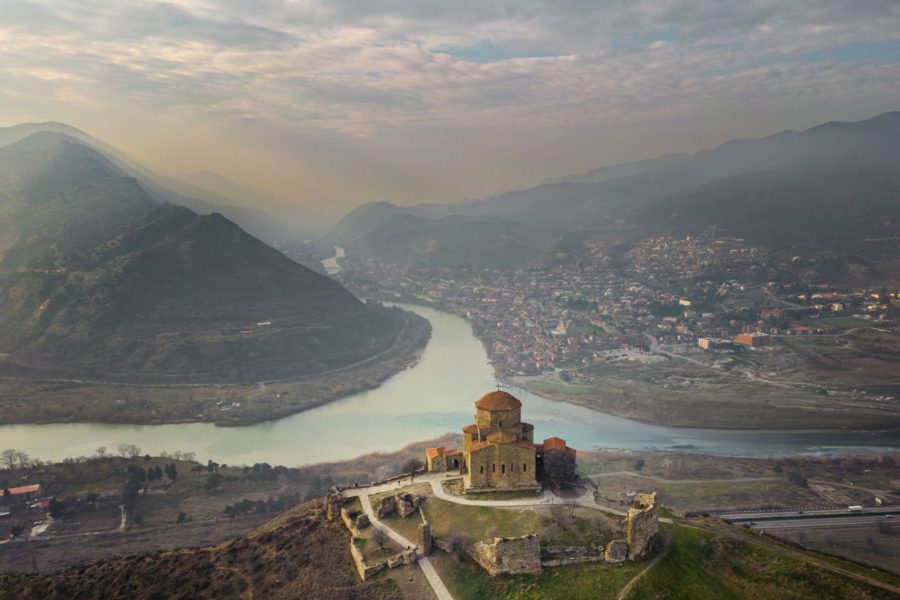
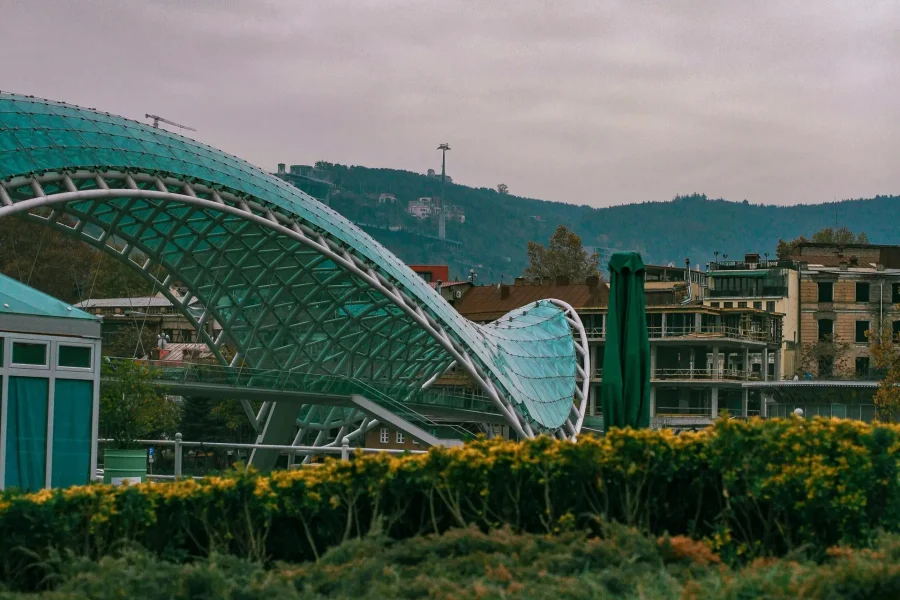
0 Comment